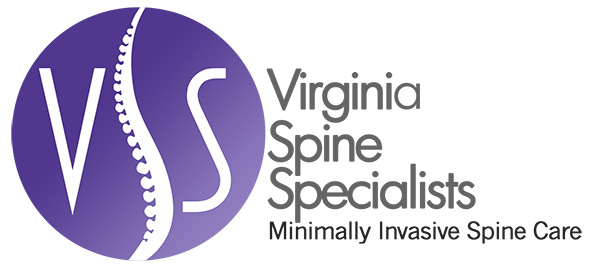Minimally Invasive Solutions for Low Back Pain
Nearly every adult has experienced low back pain at some point in their life. It is not surprising that low back pain is the second most common neurological disorder affecting Americans. Only headache is more common. Fortunately, most cases of low back pain are short-lived and go away in a few days without treatment. In a few cases, the pain persists and interferes significantly with a person’s emotional, social and medical well-being. It is important to realize what causes low back pain and what can be done to treat it.
For our back to function properly, it needs a well aligned spine supported by normal discs, stabilized by back muscles and freely traveling nerve roots. All these elements make up a normally functioning low back and they all need to function together to meet our day to day demands on our spine. Low back pain results when one or more of these elements malfunctions.
A muscle spasm, sprain or strain of the lower back can cause dull aching pain that usually starts suddenly and can be traced to a particular event or action (pulling/pushing, lifting weights, inappropriate posture). Other, more prolonged cases of low back pain may be a result of gradual degeneration of the bony spinal canal (called osteo-arthritis) or the disc and may cause either the whole spinal canal or one of the nerve root exit sites to become narrow. Yet another cause of low back pain may be trauma (motor vehicle crashes or sports injury). Finally, low back pain may be the first indication of disease elsewhere in the body that has spread to the spine (infections, cancers etc.). In many cases, the back pain is also accompanied by leg pain that radiates down one or both sides.
Management of low back pain starts with conservative therapy directed by your primary care physician or spine specialist. This may include over the counter anti-inflammatory medications, pain killers or physical therapy. In the few cases where low back pain persists, diagnostic studies such as MRI and x-rays of the back are usually obtained. These studies may indicate a need for specialized spinal care and more direct treatment such as interventional pain management with injections. In cases that do not respond to any of these measures, surgery may be an option for achieving permanent relief from pain. The success of such an operation is highly dependent on the specialist and patients must choose a spinal surgeon experienced in the latest minimally invasive techniques for treating their spinal problems. A minimally invasive spine surgeon can minimize skin incision and muscle cutting to reach the problem area in the spine and, using specialized instruments, work through a small tube to address the problem. This technique dramatically reduces blood loss during surgery, pain after surgery and time spent in the hospital. Patients are able to return to their normal routine more quickly than in the past.
By , MD, FAANS, NC and FH
Dr. Sharma founded Virginia Spine Specialists, the leading spine care center in Northern Virginia with offices in Manassas and Fredericksburg. He specializes in minimally invasive solutions to problems of the entire spine. For an appointment with Dr. Sharma, call toll free 1-855-SPINE-FIX (1-855-774-6334).

Categories
Archives
Contact Dr. Mudit Sharma
Phone: (571) 921-4877
Toll Free: (855) 774-6334
Monday – Thursday: 8am – 4pm
Friday: 8am – 2pm
Fredericksburg
4604 Spotsylvania Parkway, Suite 300 Fredericksburg, VA 22408
Manassas
8650 Sudley Road, Suite 315
Manassas, VA 20110-4418
